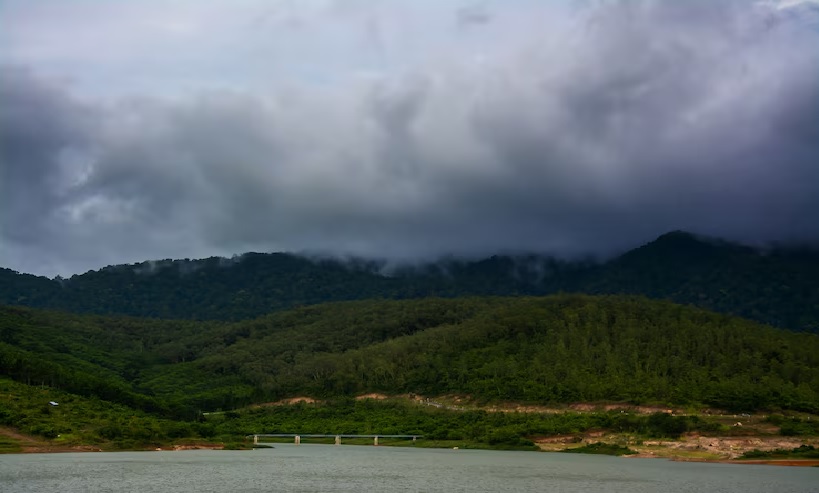Due to La Nina, there is a possibility of severe cold in winters
13-Sep-2024 04:10 PM

New Delhi. The Indian Meteorological Department (IMD) has issued an alert that this time there will be a severe cold in the winter season in the entire country.
Due to the activation of the La Nina weather cycle, the intensity of the cold has increased exceptionally.
Snowfall has started in some mountainous areas. It is worth noting that the La Nina weather cycle is exported when the sea surface temperature in the equatorial Pacific Ocean is colder than the normal average.
With its arrival, the cold will increase in the country and there will be more rain. The Meteorological Department had confirmed on September 2 itself that this time due to La Nina, not only will there be shivering cold in the country but its duration can also be longer.
During this period, there will be a very strong easterly wind flow, which often has a high amount of moisture.
Due to this, the sea water will flow towards the west and its surface will keep getting cold. According to the Meteorological Department, under this development, severe cold is likely to prevail especially in Himachal Pradesh,
Uttarakhand, Jammu and Kashmir and Ladakh, due to which the weather can remain cold for a long time in Rajasthan, Punjab, Haryana, Uttar Pradesh and Delhi.
The temperature in the hilly states can drop to 3 degrees Celsius. Due to this, there is a possibility of damage to Rabi crops.
Crops can be affected by severe cold, dense fog and excessive rainfall. The pace of growth of crops is likely to slow down due to lack of sunlight.
It is worth mentioning that early sowing of Rabi crops often starts in October and vigorous sowing continues from November to January.
This time there has been heavy monsoon rain and there is also sufficient water reserve in dams and reservoirs.
The departure of monsoon is likely to be late. Rabi crop sowing can be affected if water accumulates in low-lying areas and there is a high amount of moisture. Heavy rainfall can occur in southern and central India during winter.
